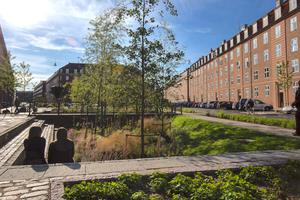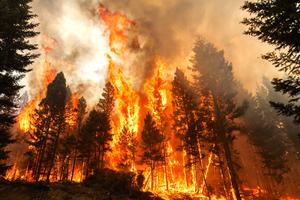Warming fueled the hot, dry, windy weather that gave rise to a spate of record-breaking fires in South Korea in March, an analysis finds.
While wildfires are common in the spring, this year saw the largest and deadliest blazes on record in South Korea. Fires burned through 180 square miles of land, more than doubling the previous record, and killed 32 people.
The weeks leading up to the fire were marked by meager rainfall and uncommonly high heat. When fires broke out, temperatures were more than 10 degrees C (18 degrees F) above average. The new analysis, from World Weather Attribution, found that warming made the fire-friendly weather conditions twice as likely and 15 percent more intense. As warming sets the stage for more severe fires, authors said, officials must look at ways to limit risk.
South Korea has, over the last half-century, planted billions of trees to restore its forests, which now cover 62 percent of the country. But the unbroken tree cover allows for rapid spread of fire, particularly near cities and towns, as was the case this year. While just 11 percent of South Korean forests border cities, roughly 30 percent of fires in recent years have broken out in these areas.



